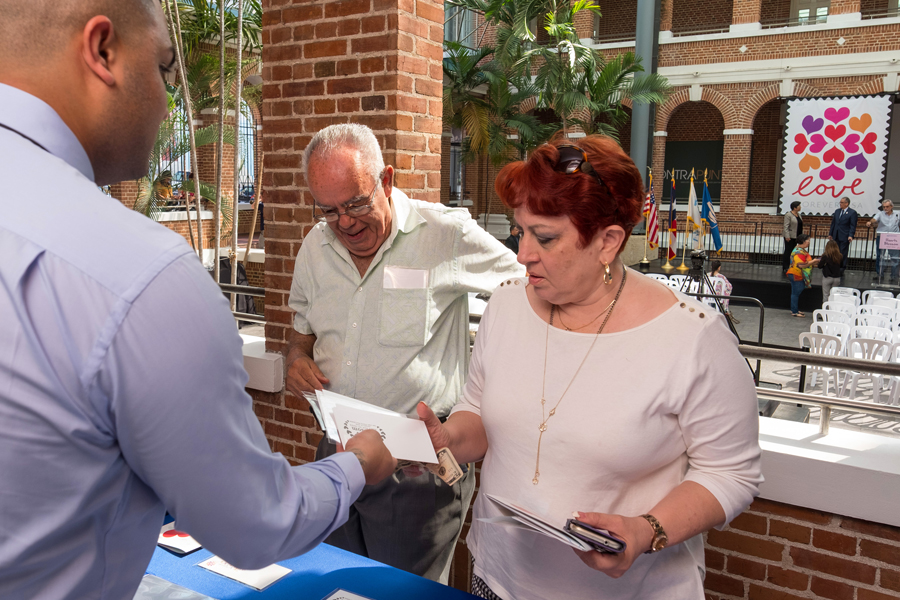Fewer people are expected to celebrate Valentine’s Day this year but those who do will spend a record amount, new research shows.
Total spending will reach almost $21 billion, up 6 percent from last year, according to a survey from the National Retail Federation and Prosper Insight and Analytics. Those surveyed said they’ll spend an average $161.96, a 13 percent increase from 2018.
Spending is up even though only 51 percent of Americans plan to celebrate the holiday, down from 55 percent last year and a high of 63 percent in 2007.
“The vast majority of Valentine’s Day dollars are still spent on significant others, but there’s a big increase this year in consumers spreading the love to children, parents, friends and co-workers,” said Matthew Shay, the National Retail Federation’s president and chief executive officer.
Forty-four percent of consumers are expected to buy Valentine’s Day greeting cards this year, down from 46 percent last year and 58 percent a decade ago.
The Greeting Card Association estimates 145 million Valentine’s Day cards are purchased annually, excluding classroom cards for children.
To serve customers who mail their Valentine’s Day cards, USPS traditionally releases a stamp from its Love series at the beginning of each year. Hearts Blossom, the 2019 stamp, was dedicated last month in San Juan, PR.
The stamp can help customers extend holiday sentiments beyond Feb. 14.
“While these stamps are perfect for Valentine’s Day, they can be used year-round because love never goes out of season,” Network Operations Vice President Robert Cintron told attendees during the dedication ceremony.
In addition to greeting cards, consumers this year plan to spend money on candy (52 percent), flowers (35 percent) and an evening out (34 percent), according to the survey from the National Retail Federation and Prosper Insight and Analytics.
